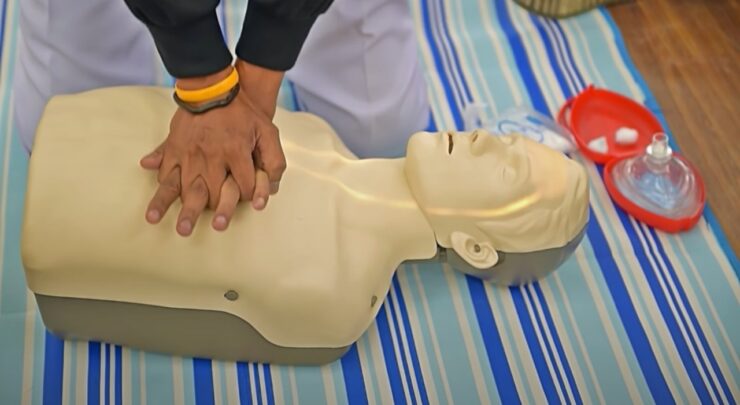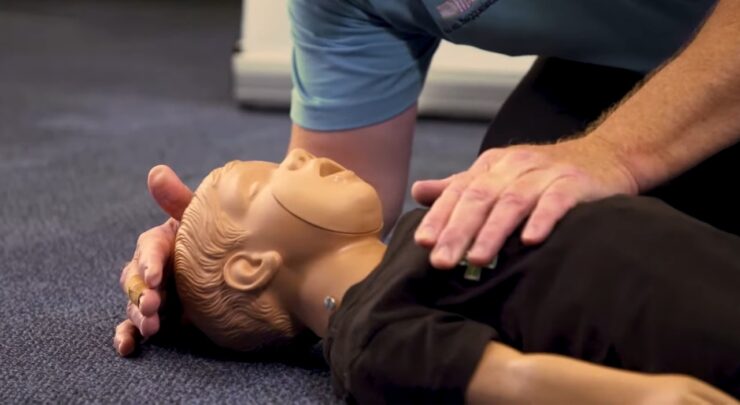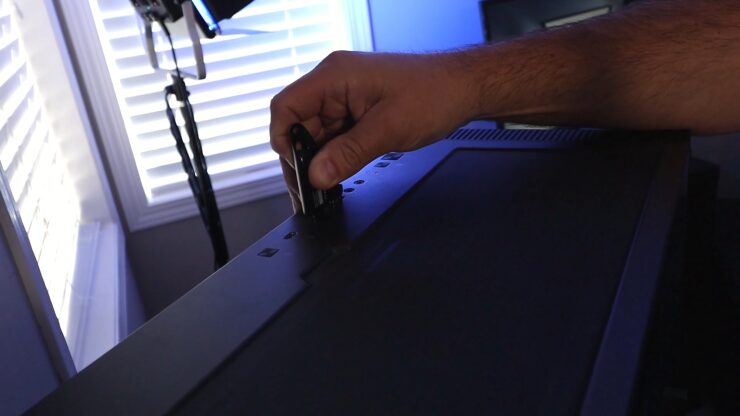
Why Should You Learn CPR: The Importance of Life-Saving Skills

Where To Find Freelancers For Your Project

6 Benefits of Joining PMP Classes

Navigating the Job Market: The Top 10 IT Skills Every Job Seeker Should Know

How To Distribute Assignments Across Internal Communications Teams
Cardiopulmonary Resuscitation (CPR) is a lifesaving technique, vital in emergency situations such as sudden cardiac arrest, where an individual’s breathing or heartbeat has stopped. It combines chest compressions and rescue breaths to keep oxygenated blood circulating until professional medical help arrives.
Cardiopulmonary Resuscitation serves as a critical link in the chain of survival, drastically increasing the chances of survival in such dire circumstances.
The importance of learning CPR cannot be overstated, as it equips individuals with the knowledge and confidence to act promptly in life-threatening situations.
This blog post will unfold the pivotal role of Cardiopulmonary Resuscitation, diving into sudden cardiac arrest statistics, the urgency of rapid response, empowerment through training, accessibility of CPR training, and much more, shedding light on the importance of acquiring this indispensable skill.
Sudden Cardiac Arrest Statistics

Sudden Cardiac Arrest (SCA) is a formidable and widespread medical emergency, affecting hundreds of thousands of individuals annually. Approximately 90% of people who experience an out-of-hospital cardiac arrest die. It can occur anytime, anywhere, often catching people off guard, whether they are at home, which accounts for about 70% of all SCAs, or in public settings.
Statistics depict a harrowing picture of the prevalence of SCAs, emphasizing the urgency of widespread CPR knowledge. The limited window of intervention available during an SCA outlines the importance of immediate action, primarily since every minute that passes without Cardiopulmonary Resuscitation and defibrillation decreases the chances of survival by 7–10%.
Rapid Response Matters
The criticality of a swift response during cardiac arrest is paramount. When the heart stops, the lack of oxygenated blood can cause brain damage in mere minutes, followed by death. The golden period for CPR intervention is within the first few minutes of cardiac arrest.
The initiation of Cardiopulmonary Resuscitation within this timeframe can double or even triple a victim’s chance of survival. It serves as a temporary measure to preserve intact brain function and sustain life until more advanced care can be administered.
By maintaining a flow of oxygenated blood to the vital organs, especially the brain and heart, CPR acts as a catalyst in the chain of survival.
Bystander Cardiopulmonary Resuscitation Increases Survival Rates
The presence and intervention of bystanders during cardiac arrest scenarios play a crucial role in improving survival rates. Bystander CPR has been associated with a substantial increase in survival rates, showcasing the importance of community knowledge and involvement in Cardiopulmonary Resuscitation and this is why training by MyCPR NOW should be on everyone’s mind.
Studies indicate that individuals who receive CPR from a bystander have significantly better outcomes compared to those who do not. Encouraging communities to be well-acquainted with Cardiopulmonary Resuscitation is imperative for fostering a supportive and responsive environment, where every individual can contribute to saving lives.
Empowerment Through Training
Knowing how to perform CPR can instill a sense of empowerment and responsibility. It transforms individuals into potential lifesavers, regardless of their age, profession, or background. Learning Cardiopulmonary Resuscitation is not exclusive to medical professionals; it is a universal skill, valuable to everyone.
Empowerment through CPR training leads to increased confidence in handling emergency situations effectively. It makes individuals more vigilant and responsive to their surroundings, allowing them to act decisively and promptly when faced with life-and-death scenarios.
Cardiopulmonary Resuscitation Training is Accessible
Thankfully, acquiring CPR skills has never been more straightforward. Numerous organizations and institutions offer Cardiopulmonary Resuscitation training, both online and offline, allowing individuals to choose a learning method that best suits their preferences and schedules.
Online resources, videos, and tutorials are readily available, enabling everyone to have access to life-saving knowledge. Several organizations offer certified courses, ensuring that individuals receive comprehensive training and are well-prepared to administer CPR accurately when needed.
Life-Saving Skills Beyond Cardiac Arrest
The applicability of CPR extends beyond cardiac arrests. It is a versatile life-saving skill, applicable in various emergencies such as choking and drowning, where breathing cessation occurs. In such situations, the prompt execution of Cardiopulmonary Resuscitation can be the deciding factor between life and death.
Being adept in CPR equips individuals with the capability to address diverse emergencies effectively, emphasizing the universal relevance and applicability of this essential skill.
Workplace CPR Requirements
Many workplaces mandate Cardiopulmonary Resuscitation training as a part of their safety protocols. Especially in high-risk environments, having employees trained in CPR is crucial. It ensures that immediate help is available, minimizing the time delay in administering lifesaving interventions.
This mandated training underscores the importance of being equipped with CPR skills, contributing to a safer and more responsive work environment. It not only safeguards employees but also fosters a sense of collective responsibility and readiness to act in emergencies.
CPR and Child Safety

For parents and caregivers, knowledge of Cardiopulmonary Resuscitation is indispensable. Children, due to their smaller size and developing bodies, are especially vulnerable to situations like choking, making CPR a crucial skill in ensuring their safety.
Understanding the nuances of administering CPR to children and infants is vital, considering their physiological differences. This specialized knowledge can be pivotal in averting tragedy and ensuring the well-being of children under one’s care.
CPR in the Age of COVID-19
The ongoing pandemic has raised concerns regarding the safety of performing CPR. However, guidelines have been adapted to minimize risk while emphasizing the continued importance of CPR. Compression-only Cardiopulmonary Resuscitation and protective barriers are recommended to reduce the risk of virus transmission.
Adherence to these guidelines ensures that individuals can continue to administer life-saving interventions safely, even amidst the challenges posed by the pandemic.
Being a Hero in Your Community
Becoming CPR-trained transforms ordinary individuals into heroes within their communities. Many real-life instances exemplify the profound impact of bystander intervention, with countless lives being saved due to the timely administration of Cardiopulmonary Resuscitation.
These stories underscore the potential we all hold in making a tangible difference in our communities, fostering a sense of collective responsibility and readiness to act in the face of emergencies.
Lifelong Skill for Saving Lives
CPR is a life-saving skill that everyone should acquire. It not only empowers individuals to act promptly in emergencies but also significantly increases the chances of survival in cardiac arrest scenarios. From accessible training options to the universal applicability of CPR in various emergencies, the importance of learning this skill is clear.
By embracing CPR training, we all can become heroes in our communities, ready to act when needed and make a lasting difference in the lives of others.









